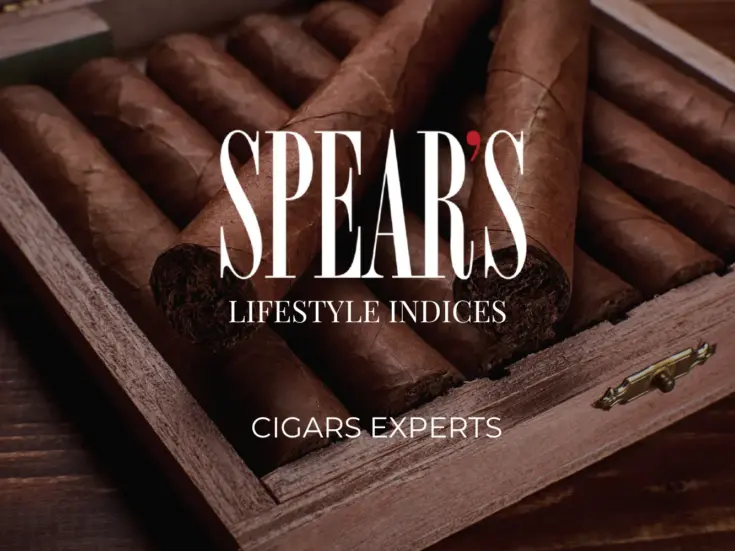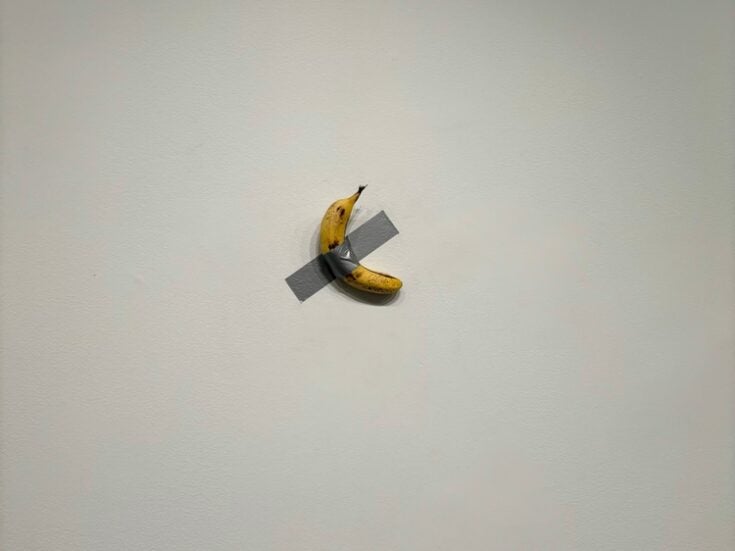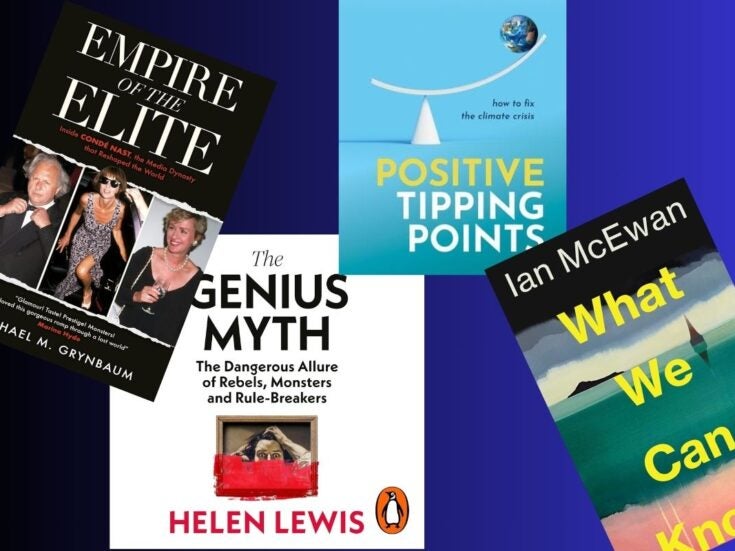
Aesthetes may sniff at the very notion of buying art as an investment, but there’s no denying its potential. Just do your sums before you bid, says Ivan Lindsay
ALTHOUGH THE WORLD economy is stubbornly deflating, with the US Bureau of Labor Statistics having just calculated September’s inflation figure at 1.14 per cent and 2009’s average at –0.34 per cent, many believe that the vast creation of dollars through quantitative easing has to bring inflation in the not-so-distant future. So investors are again trying to establish whether art is a good investment in times of inflation. This is difficult to answer because, although it is easy to see that a painting sells for more than it cost, it is hard to establish the holding expenses such as insurance, restoration, security, transport and transaction costs, and any gain has to be indexed against inflation.
Throughout history, however, many collectors have instinctively felt that art is a good investment without being able to demonstrate exactly how. Most investments have an income such as the coupon on a bond, the dividend on a share or the yield on a property. Such an income allows banks to lend money against an asset, confident on how the loan will be repaid. Art is like gold in that the potential gain relies solely on appreciation.
Some collectors find it distasteful to discuss art in terms of investment and like to maintain that they buy what they like and then don’t worry about it. This is all very well for minor acquisitions, but even if investment is not their primary motivation, most collectors like to feel that they are making responsible acquisitions which will prove a solid investment should they or their descendants ever have to sell. Many collectors have made their fortunes by carefully assessing the potential gain offered by each investment opportunity and would like to apply that discipline to art. The lack of clarity in art’s potential returns put many off from becoming collectors, and those who do invest have to do so with limited information.
Gerald Reitlinger wrote the first book on assessing art as an investment, The Economics of Taste, in 1961, which analysed prices of 300 artists from 1760 to 1960. He followed it up with a second book in 1970 which surveyed the art market of the 1960s. He tried to break down time into distinct periods from 1760 onwards, making calculations as to how inflation had eroded the pound (ie from 1760 to 1795 he maintains the pound inflated by a factor of 12) but he acknowledged that ‘travelling beyond 1900 one runs into difficulties’.

The temple of Jupiter Panellenius by Turner
Although Reitlinger established the cost of some of the most famous acquisitions of earlier times, such as when Augustus the Strong, King of Saxony (the richest buyer of his day, whose superb collection can still be seen in Dresden) bought Raphael’s Sistine Madonna in 1754 for £8,500, it is hard to say accurately what this would be worth today and how it would have compared to whatever else Augustus could have acquired at that date for a similar sum. Reitlinger tried to make comparisons from contemporary expressions such as that a man was ‘passing rich on £40 a year’ and you could get ‘dead drunk on tuppence’.
THE NEXT BOOK to examine historical art prices was Christopher Wood’s The Great Art Boom 1970–1997, which examined that period and gave prices for individual artists as well as an overview. Wood concurred with Reitlinger as to the difficulty of assessing art as an investment and observed that the rampant inflation of the 1970s further distorted the figures. He pointed out that art cannot be examined as a whole and has to be broken down into sectors, each of which swings in and out of fashion and moves up or down at different speeds. He also discussed the tremendous changes he had seen in the art world. When he joined Christie’s in 1963, turnover was just over £3 million and there were no overseas offices.

Regarding fashion, Wood observed that in 1970 Old Masters were still at the top of the art buyer’s wish list, with the 1965 sale of Rembrandt’s Portrait of Titus setting a world-record price of £798,000 (bought by Norton Simon) until the record was broken with the 1970 sale of Velázquez’s Juan de Pareja (bought by the Metropolitan Museum), which achieved £2.3 million. From 1970 to 1997 the market was dominated by the Impressionists and Post-Impressionists, which supplanted the Old Masters, with Van Gogh, Cézanne and Gauguin all setting records. Van Gogh in particular dominated the records in the 1980s with his Irises (bought by Alan Bond but never paid for and later resold) at £28 million beating his previous 1987 record held by Sunflowers at £22.5 million (bought by Yasuda Fire and Marine).
With the supply of Old Masters, Impressionists and Post-Impressionists drying up, the Moderns took over after the 1991 recession. Moderns incorporate the period 1900–1950 and include sub-sectors such as the Futurists, School of Paris, Expressionists, Surrealists, Dadaists, Abstractionists, Cubists, Fauvists, etc. Although Moderns retain the number-one position, the most recent market, although at lesser values, has been the boom of the 2000s in Contemporary art, which was strong until it collapsed in 2009.
What has emerged (perhaps counterintuitively) is that rarity puts buyers off. Although a great masterpiece will always attract competition, what the market seeks is a ready supply to create a pricing structure buyers feel comfortable with and to provide enough material to make a market. Hence the success of contemporary art and prolific artists such as Picasso, whose work is regarded as a currency and has consistently dominated the art market in terms of value sold (he was the most-traded artist at auction in 2009, at $121 million).
The Art Newspaper recently conducted an exercise with specific pictures to establish how they had fared against inflation and gold. Pieter Brueghel the Younger is widely sought after by collectors of Flemish Old Masters. A technically accomplished artist, he made a living out of repeating the compositions of his more talented father, Pieter Brueghel the Elder. These come up often enough to be familiar to art buyers, are non-religious in this secular age, decorative and attract buyers. The Kermesse of St George, 1628, sold at Sotheby’s, London in April 1981 for £275,000. It next appeared in July 2005, when it sold for £2.2 million. With inflation, the £275,000 would have been worth £785,847 and investing the £275,000 in gold in 1981 would have been worth £297,000 in 2005.
ANOTHER WELL-PUBLICISED and documented art investment was the New York dealer Richard Feigen’s 1982 acquisition of Turner’s Temple of Jupiter Panellenius, Restored, 1814–16, at Christie’s, London for £648,000. Feigen sold it at Sotheby’s New York in January 2009 for £8.3 million. The original £648,000 would have been worth £1.7 million allowing for inflation, and if invested in gold would have been worth £2 million.

Picasso’s Nude, Green Leaves and Bust
Artprice calculates that postwar American artists have fared equally well, with every £100 invested in 1998 in Jean-Michel Basquiat, for example, being worth £655 by June 2010. Warrior, 1982, sold at Sotheby’s New York in November 2005 for £1 million, appeared again at Sotheby’s in June 2007 and fetched £2.8 million. The original £1 million would have been worth £1.3 million in gold.
Although modern art funds come out with a bewildering array of figures, the only pension fund which has made a serious foray into the art market and published figures was the British Rail Pension Fund, which invested around £40 million in art, or around 3 per cent of its holdings, from 1974 via Sotheby’s, which gave free advice as long as the acquisitions and sales went through it. The fund acquired a collection of 2,400 pieces, including Chinese porcelains, African tribal art, Old Master and Impressionist paintings, Limoges enamels, and gold and silver objects. When it sold these objects between 1987 and 1999 the portfolio wound up with an annual compound return of 11.3 per cent, but the gains came primarily from 25 Impressionist paintings, showing the importance of a diversified art collection from an investment viewpoint.
The pension fund’s investment was made against the backdrop of 17 per cent 1970s inflation and had three distinct advantages over modern ‘art funds’ in that it had unlimited funds so it could afford the best items, access to the entire market (albeit through Sotheby’s) and unlimited time to hold the objects. The conclusion many drew was that art proves successful as an investment only if held for the long term. Maintenance and transaction costs are simply too high for it to be a short-term investment.

So, in answer to the original question of whether art is a genuine hedge against inflation, the answer would appear to be a qualified yes, in some cases, and only when buying with the knowledge of someone on the inside. In some decades it outstrips stocks and bonds and generally exceeds inflation. It normally outshines gold, although probably not in the past decade, when gold moved from $200 an ounce in 2000 to over $1,300 in 2010.
The conclusion is that anyone who really wants art to perform primarily as an investment would be better off sticking to more normal, quantifiable and easily tradable investments such as stocks and bonds. However, art makes sense as a small part of an investment portfolio that generally keeps up with inflation, provides a diversification that holds its value in times of recession or war, and provides more enjoyment hanging on your wall than the stock certificates in your safe or interest on your bank balance.
The most expensive painting sold to date was Picasso’s Nude, Green Leaves and Bust, Christie’s New York, May 2010, at $106,482,500. This had been bought by its late owners, Frances and Sidney Brody of Los Angeles, for $17,000 in 1950. Perhaps Spear’s readers might try doing the maths to see how good an investment that was after inflation?







